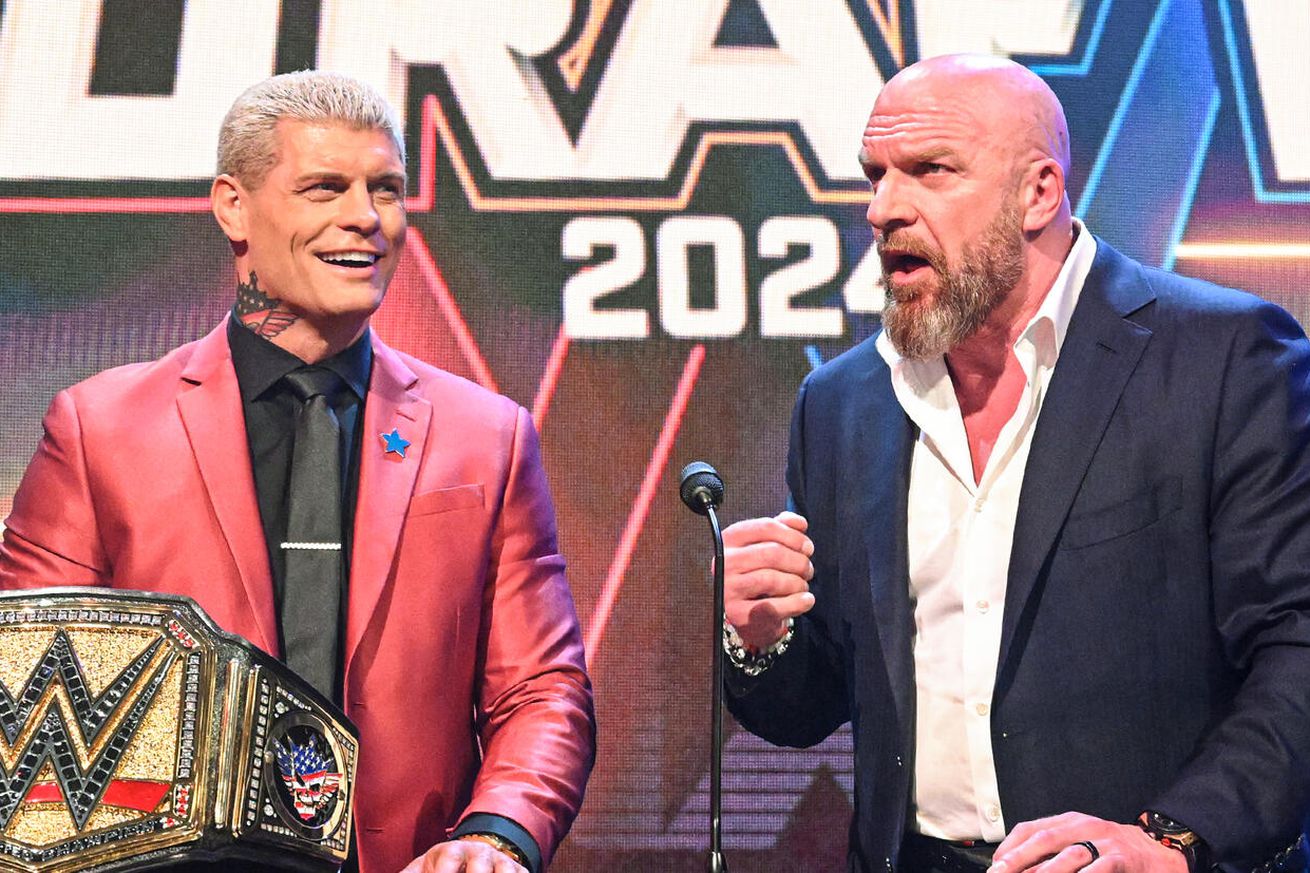
When we look at the Personnel Departments around the League, we see that February is perhaps their most important month in preparation for each year’s upcoming Draft. In February, initial Draft Boards are put together, and those Boards are a very good starting point.
Many clubs will bring their scouts into the facility around December for about a week of meetings, but these meetings are more used to eliminate players rather than stack a Board. Little time is spent on each player, but it is easy to figure out who will not be a perspective prospect for individual clubs. The things discussed in December mainly deal with character and/or fit in the scheme. Talent comes into play only to eliminate prospects with no skill to play in the NFL. Many scouting lists are pared down to five to six hundred players in December.
The February meets can last from 10 to 20 days, depending on the team, and they are long days. Often, they go from 7:00 AM until 7:00 PM and sometimes longer. There are no days off; the scouts meet every day.
Prospects are gone over by position. Every scout or decision-maker who has written a report on a player goes over his report and grade. When there are three, four, or five different opinions on an individual player, discussions can sometimes get heated as scouts want to fight for the players they have seen, especially if they really like the player. The Scouting Directors determine the grade that will be put on the card and placed on the Board.
The Board is stacked from best to worst by position only. It’s not until April when the final Board is put together, and that Board is stacked regardless of position. Grades in February aren’t close to being final because clubs don’t have all the information needed to determine that until sometime in April.
For example, in the February meetings, coaches’ reports haven’t been written. In fact, coaches don’t enter the scouting process until mid-January when the All-Star games. Coaches don’t evaluate all the players at their position but rather only the players assigned to them by the Personnel Department. With many clubs, that may include 20 to 25 players per coach. Don’t forget coaches also have to get involved in the evaluation of prospective veteran free agents, so their plate is full from February through the Draft.
Following Draft Meetings, the scouting department is off to Indianapolis for the NFL Combine. Many think the Combine is about the workouts, but it really isn’t. It is more about the medicals. The Combine came about because it was an inexpensive way of giving 300+ players a thorough medical exam at the same place at the same time. The thought process back in the day was that as long as we have the players here for a medical, let’s have them work out as well.
I can’t express to you how important the medical is. The physical exam each player receives is more than likely the most thorough he has ever had or will ever have. An MRI will be done if he has had a previous injury in college or even high school. When I was scouting for the Chicago Bears, there were better than 600 MRIs done per year. That comes out to about two MRIs per player.
Not only are orthopedic examinations done, but also internal medicine. Blood work is done as well as EKGs and other tests. If the blood work comes back with something wrong other tests are done. Clubs are about to invest a tremendous amount of money in these players once they get drafted; they have to know if the player is healthy.
The other day, De Smith, the NFLPA director, stated that the doctors are only trying to find something wrong with players to lessen their value. That is a ludicrous statement. It’s imperative to find out as much as possible about a player’s health before you invest money in that player. For example, if a player has an arthritic condition in his knee joint, that condition is not ever going to get any better. In fact, it will only get worse. That’s important to know because a club doesn’t want to spend a high draft pick on a player with a condition that will cut his career short. That’s not trying to hurt a player’s value, it’s more like investing wisely.
Besides the medical, two other things happen at the Combine that provides each club with important information that can determine where they draft a player.
Each club is permitted to have interviews with up to 60 players at Indy. While these interviews are only 15 minutes long, it is often the first time clubs get to converse with a player. At the Combine, the majority of players interviewed are underclassmen because underclassmen are not permitted to play in All-Star games. At the All-Star games, clubs interview as many players as possible so that they don’t have to use one of their 60 interviews on a senior.
The other important thing at Indy is, of course, the workout. While the players always have a chance to work out at their Pro Day on their campus, at the Combine, it is about comparing apples to apples, so to speak. Each position group works out on the same day, at the same place, and at the same time under the same conditions. It becomes very easy to compare one player to another because of that. At a Pro Day, the conditions are different, so a perfect comparison is difficult.
By the end of the Combine, each club has much more information to use in regards to placing a final grade on a player. Still, the process isn’t complete as Pro Days and private workouts happen in March as well as the coaches filing their reports on the players. In other words, we still have a long ways to go, but that’s for another conversation.



















You must be logged in to post a comment Login